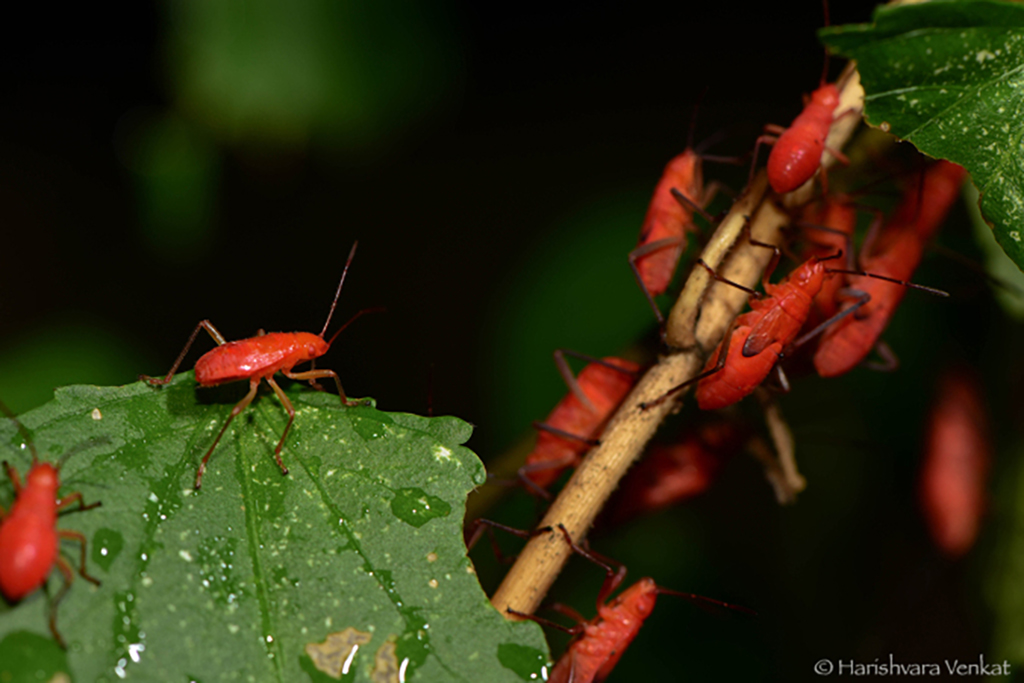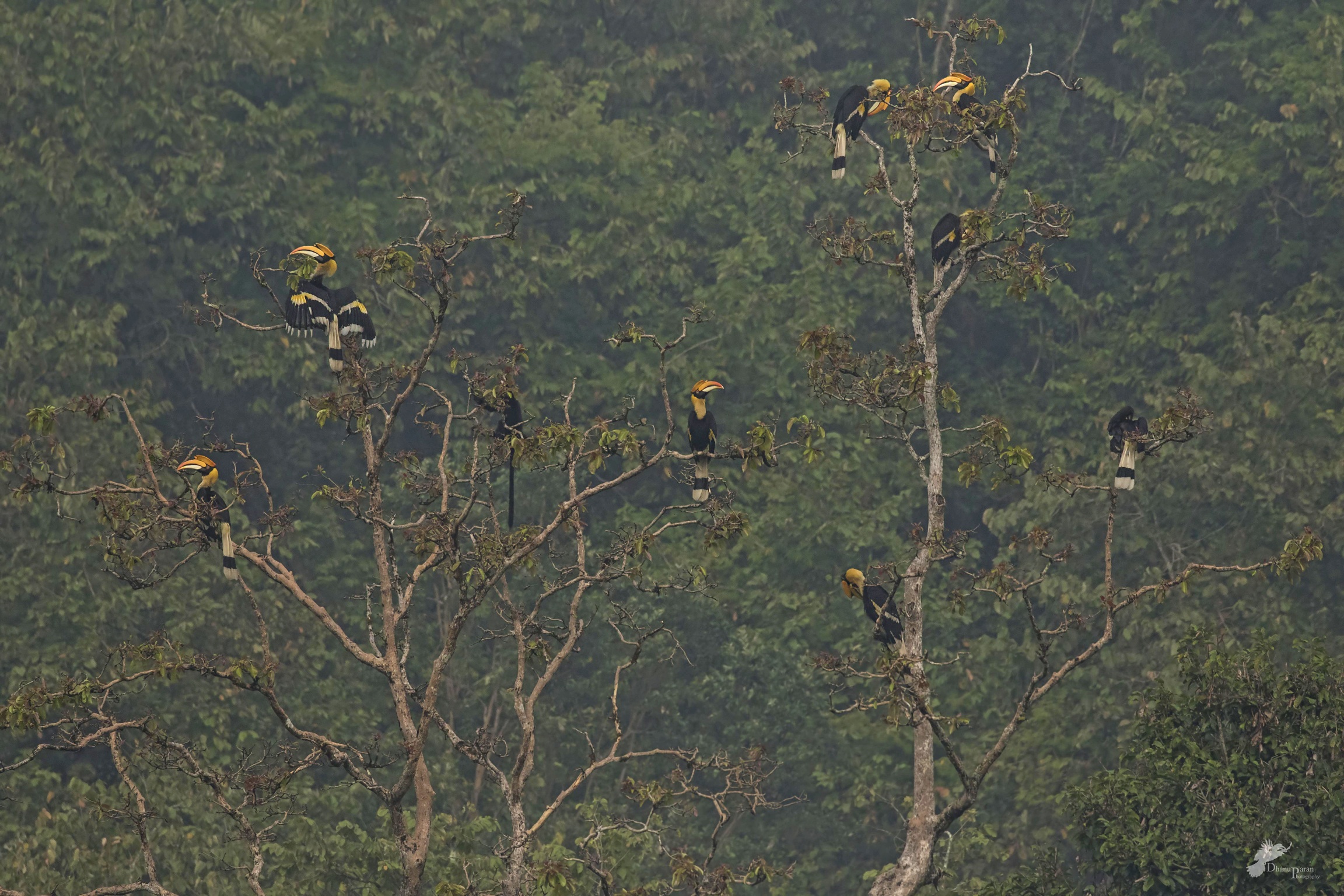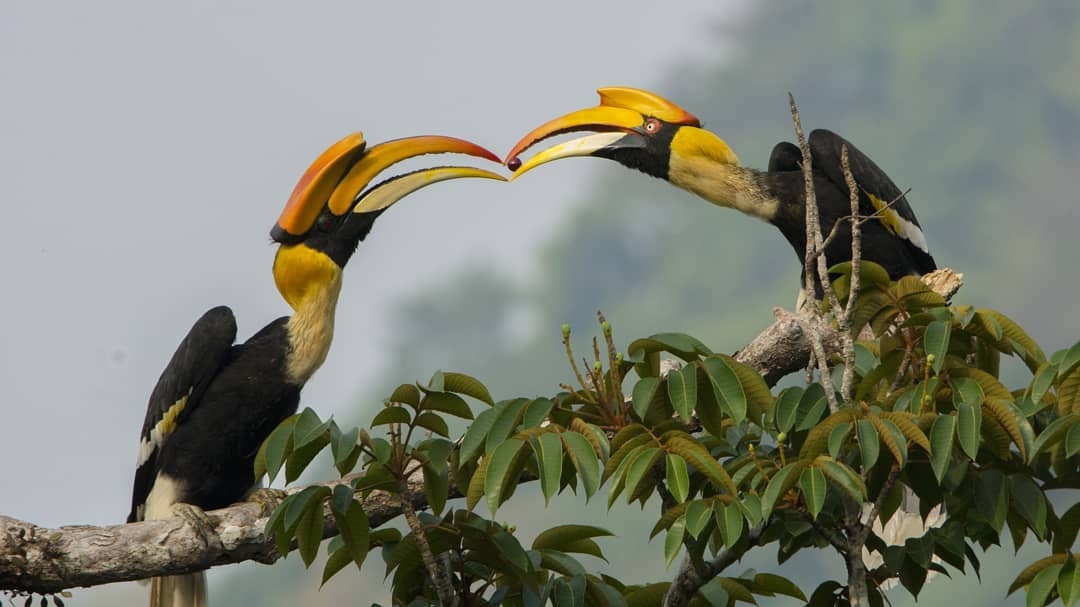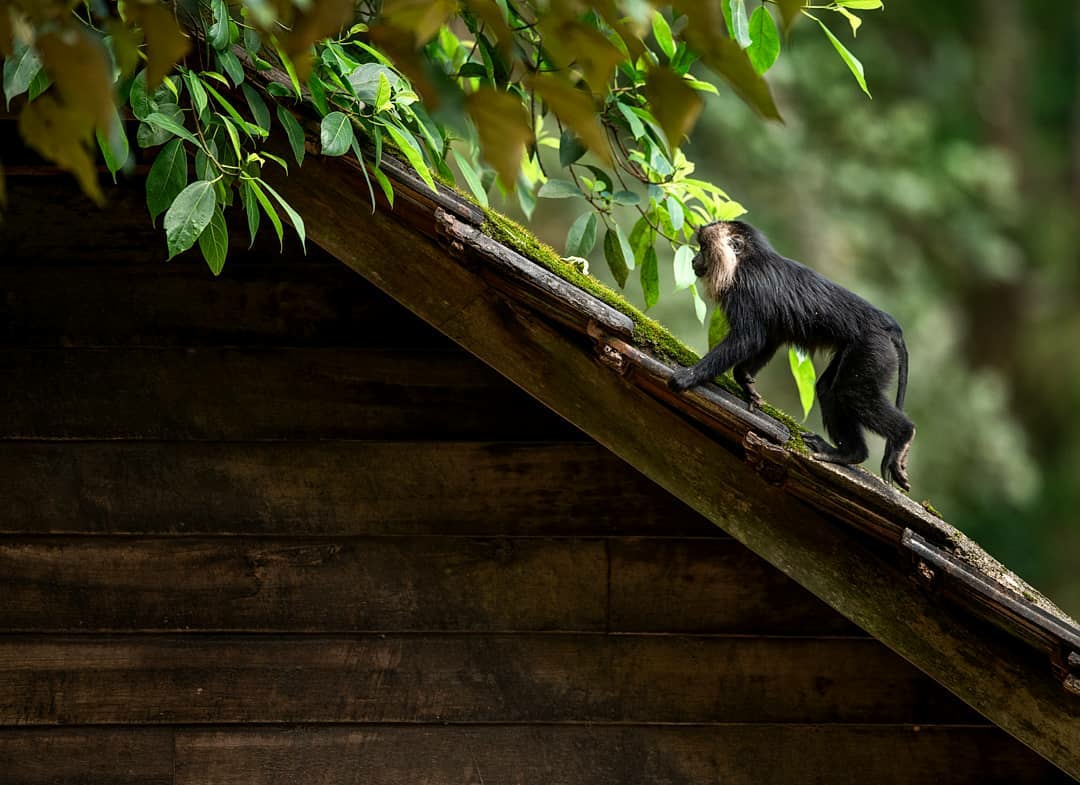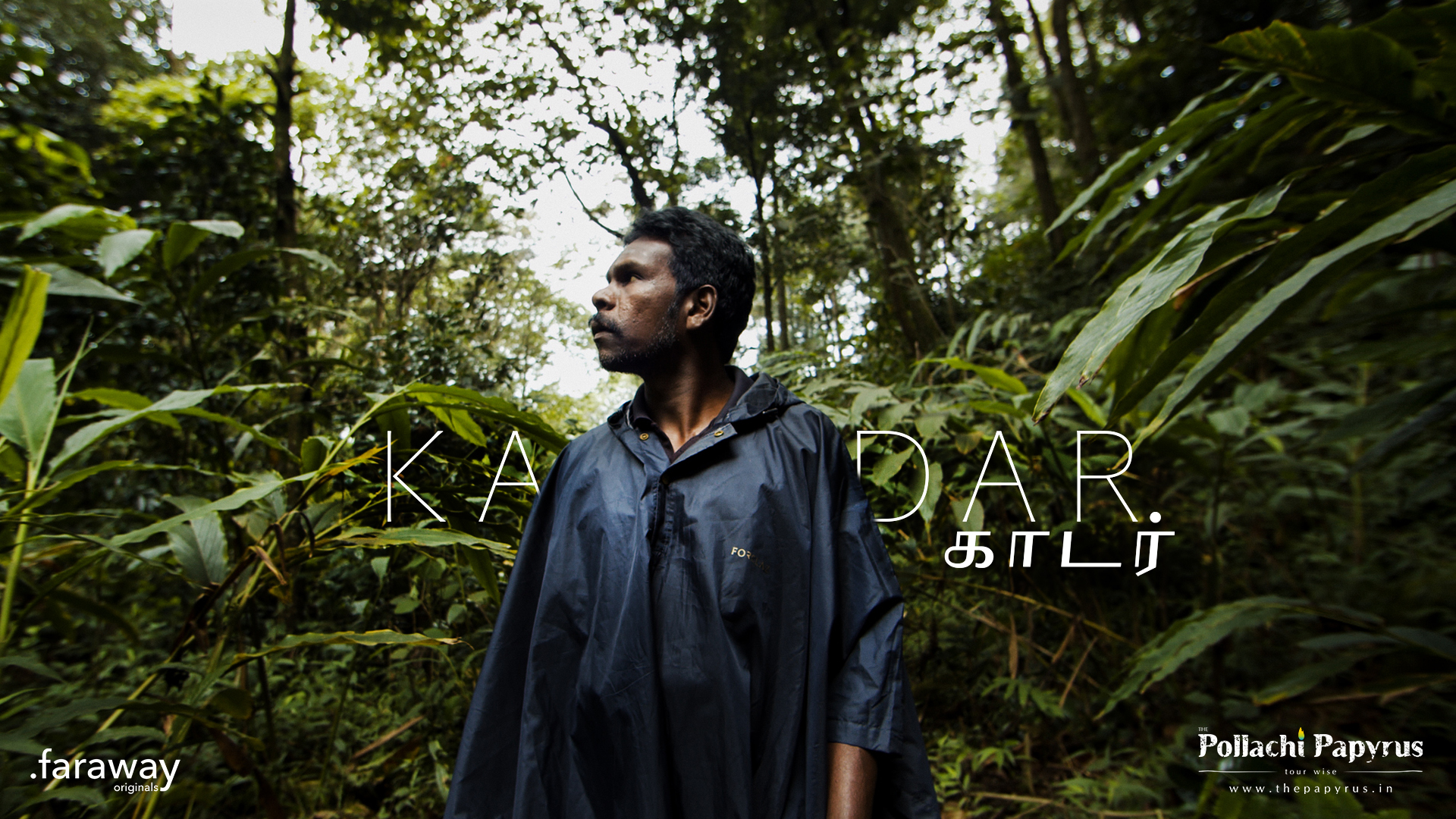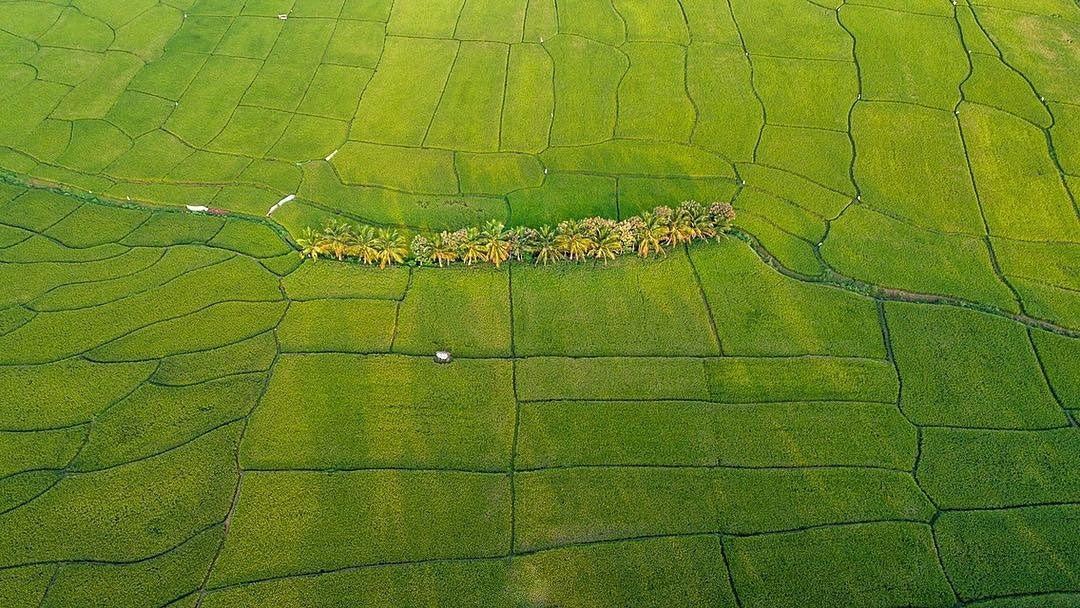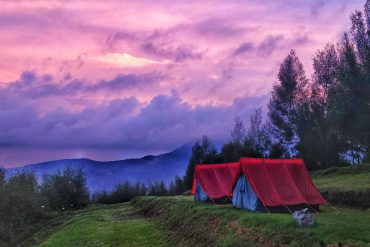“Nothing!” is the most likely response you can expect from someone who ventures out to the forest here in the Anamalais, in search of sighting a big cat or elephants and other mammals like bears and wild dogs. Not because you can’t spot them here but because they are shier compared to animals in familiar touristy reserves. The thick, dense jungles and hilly terrain don’t make things easier either. Elsewhere in the safari world, this response can be equated to that of an experience when tigers or leopards refuse to show-up and pose for pictures.
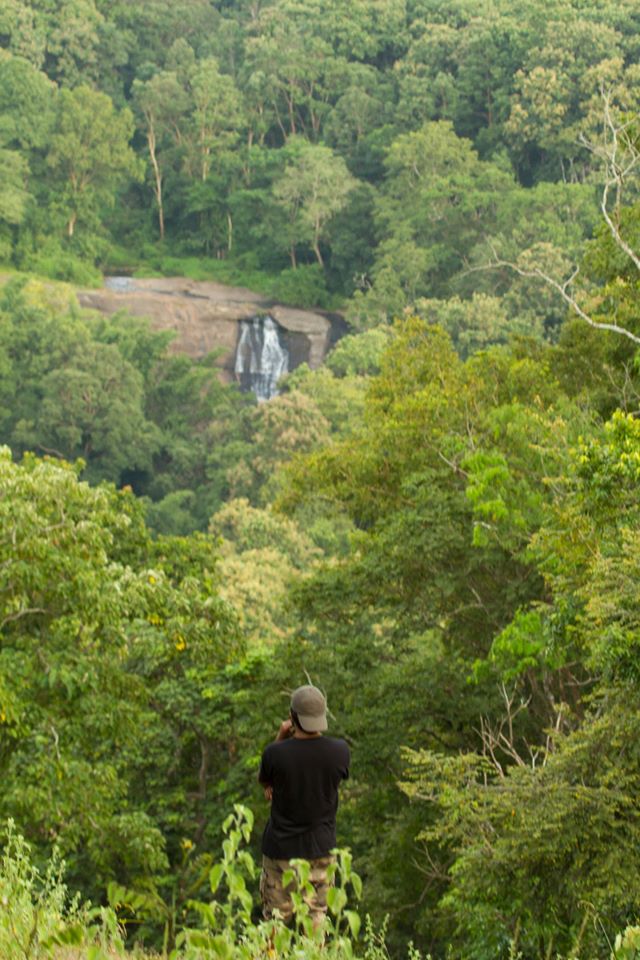
Fortunately, during the past couple of years, my experiences inside the forest have been enhanced and enriched since I have been hooked onto bird-watching. This new-found hobby has allowed me to appreciate the beauty of birds, marvel at their grace and be awed by their vibrant colors.
But up until now, I had never really paid attention to lesser-known species – insects, spiders and other related organisms that abound in the wilderness. Even butterflies – the most attractive and visible among them had escaped my attention. In fact, like the immediate response that many people have about insects and amphibians – fear, disgust, and discomfort, I had my own reasons to stay away from them. I would sooner kill an insect than welcome it to share my space.
However, social media has played a vital role in changing the attitude of people like me and dissipated prejudices and biases towards wildlife . Looking at the jaw-dropping macro-images of butterflies, insects and reptiles taken by photographers, I had come to terms with “looking” at them without fear/disgust, but I still hadn’t really made the effort to understand and appreciate them.
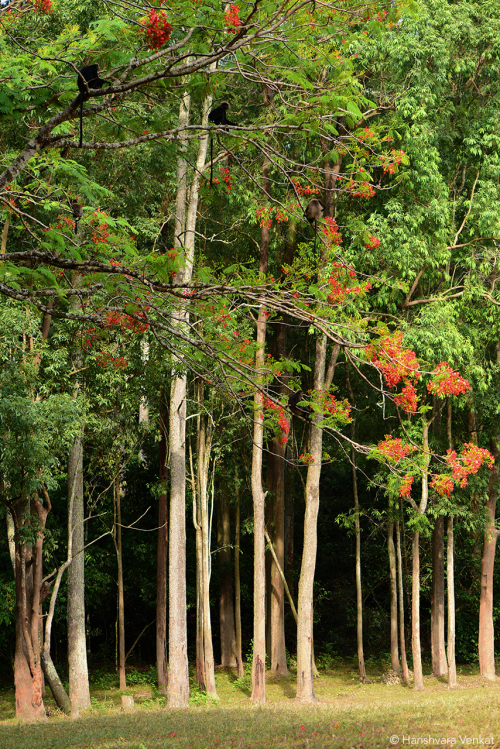
Recently, I went on a field visit to Topslip range of the Anamalai Tiger Reserve, accompanied by Mr. Karthikeyan Srinivasan, Chief Naturalist, Jungle Lodges and Resorts, along with a group of wildlife enthusiasts.
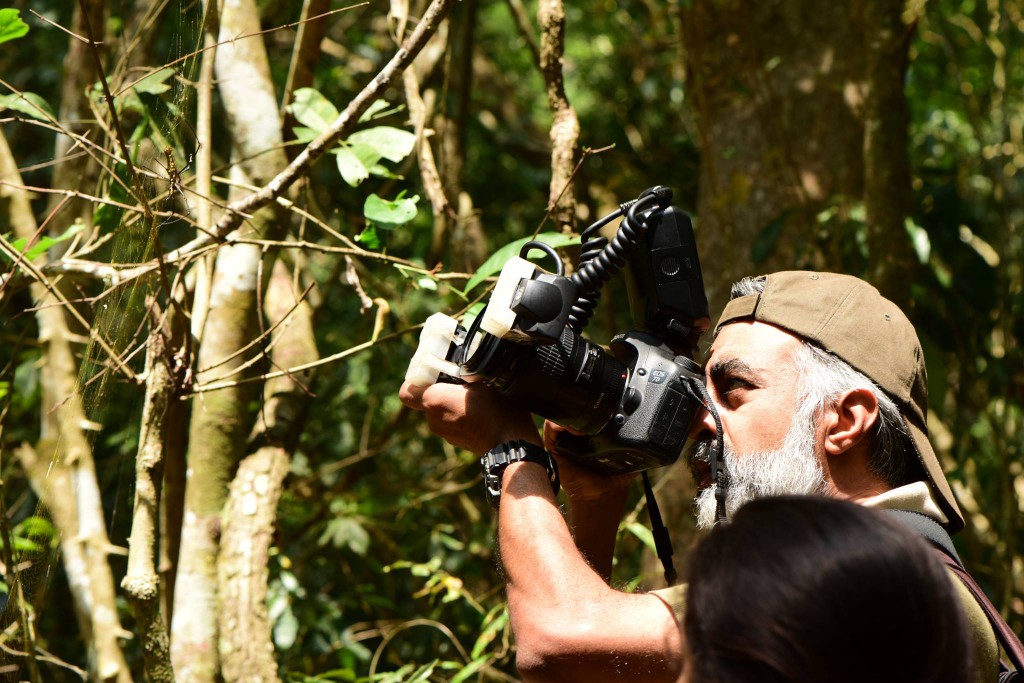
The walk was one of the most stimulating experiences I have had of late. I came back mesmerized by the previously unnoticed beauties of the natural world.
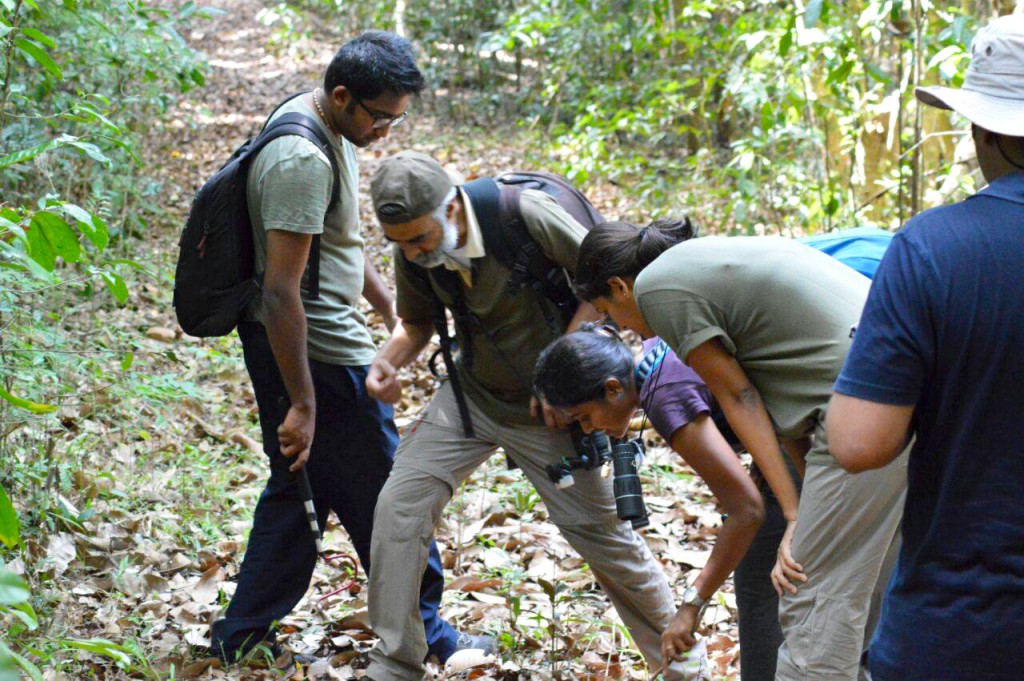
As we walked along, Karthik left no stone unturned to spot wildlife hidden to the untrained eye. He turned some leaves too, always in search of a spider or a caterpillar or a beetle, trying to find hidden secrets underfoot.
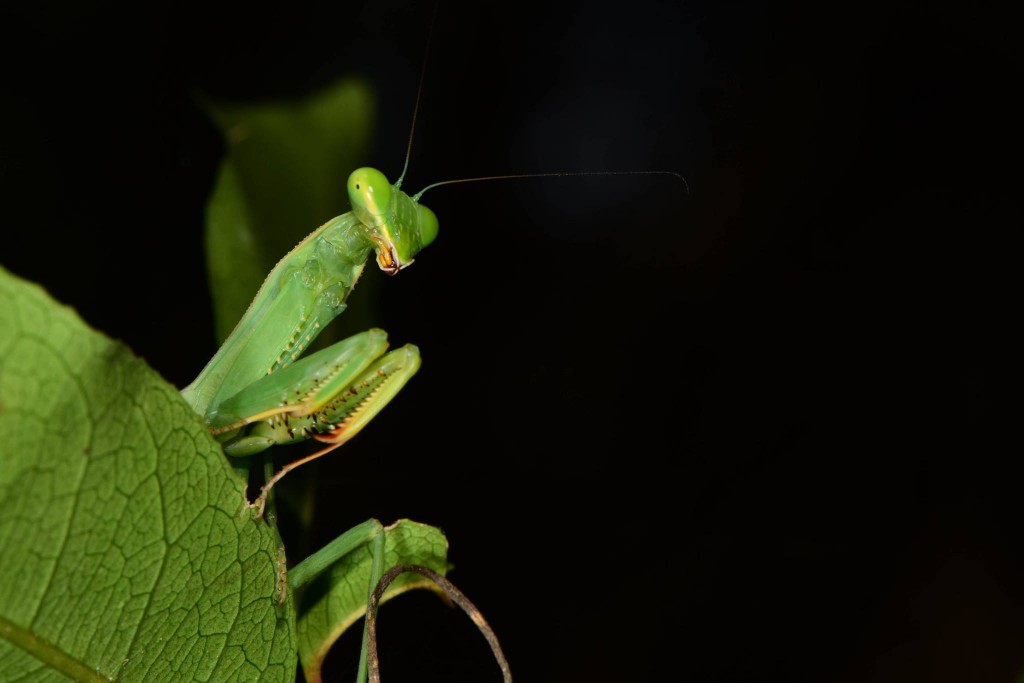
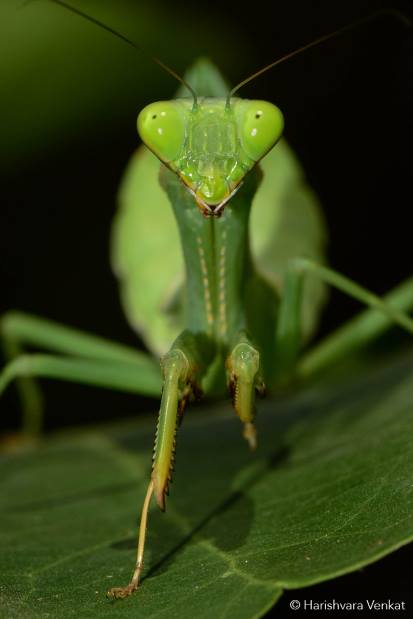
Though the walk to me was predominantly an introduction to insects and reptiles, Karthik, as a nature educationalist, used the opportunity to tell us about the other denizens of the plant kingdom that provide home for a whole variety of organisms ranging from butterflies, geckos, praying mantids, ants, spiders and bugs.
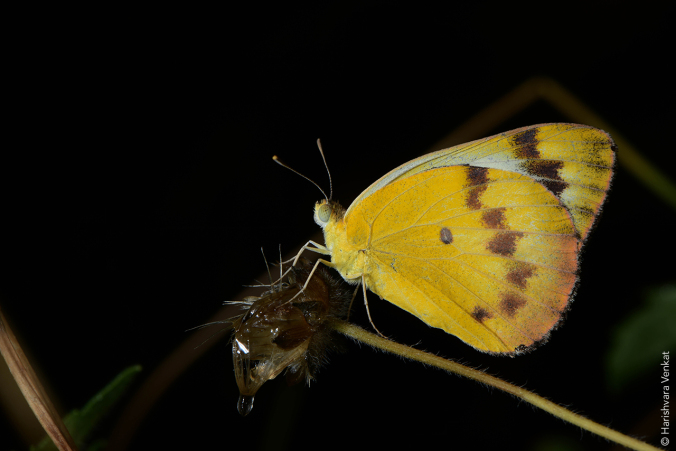
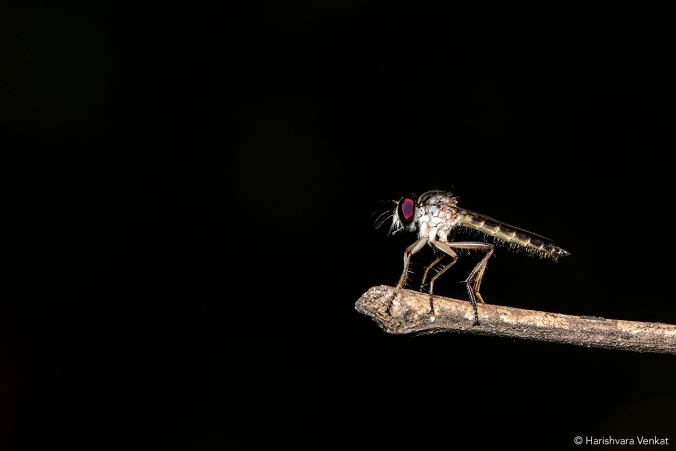
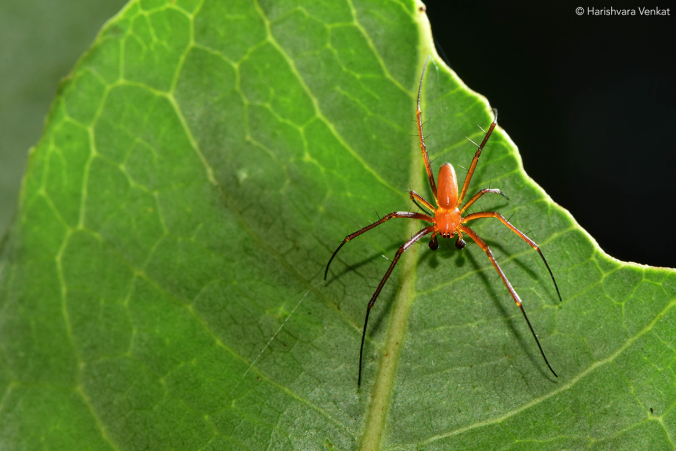
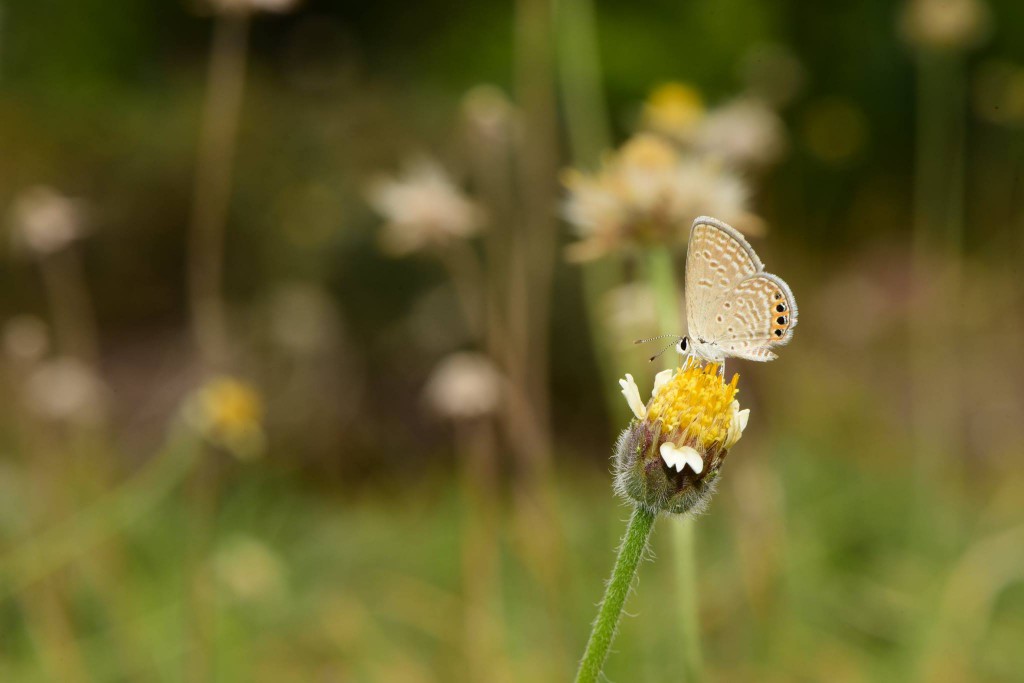
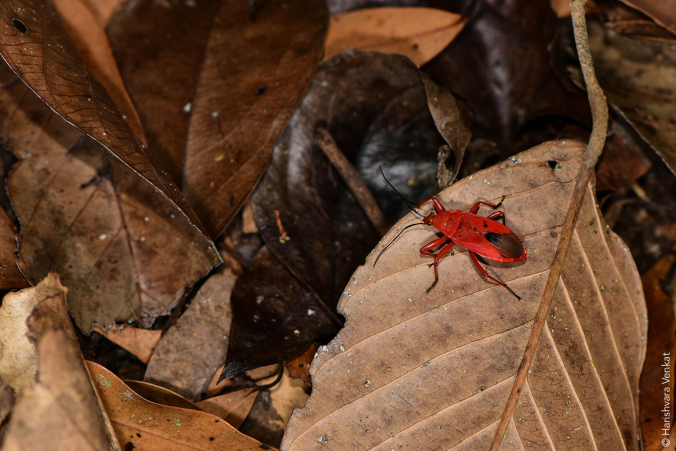
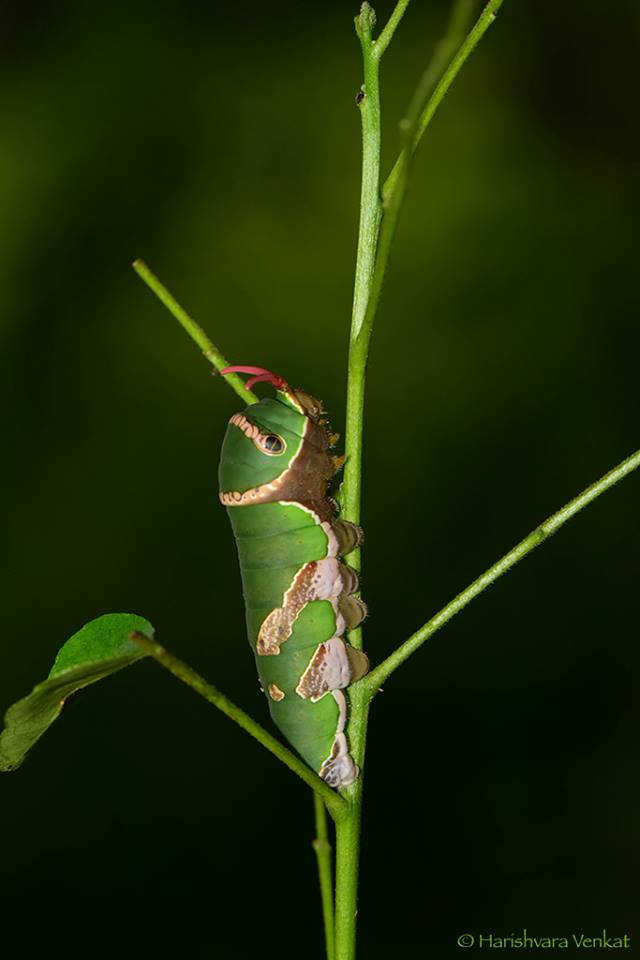
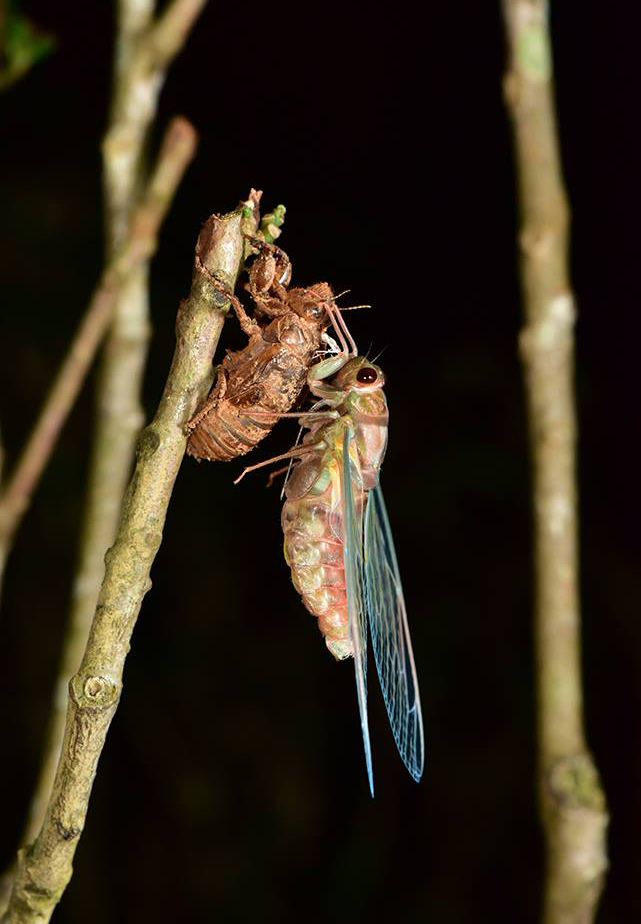
The scientific names he mentioned went into oblivion, but the utilitarian aspects of these organisms that provide an incredible array of ecosystem services like pollination, photosynthesis, consumption of organic wastes, acting as food for other animals and birds etc., still linger in mind.
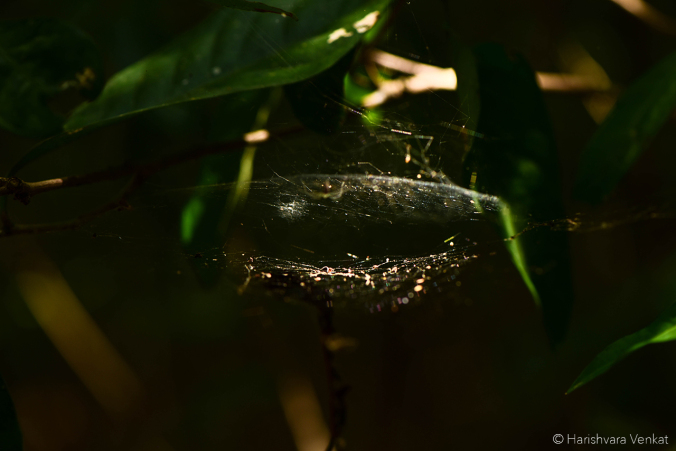
They remind me of the Earth as an intricate, diverse web of all kinds of systems. What urged and inspired me to observe and appreciate these creatures, that I would have otherwise missed, was not just his expertise but his sheer enthusiasm and appreciation towards Nature.
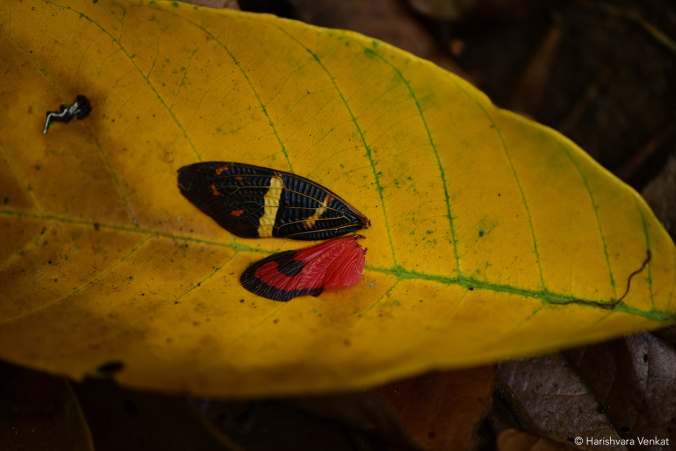
The walk helped me understand what my boring science classes failed to teach: that the appreciation of wildlife goes beyond merely what they have given us. Wild animals have their own inherent value and reasons for existing. Luckily for us, we need not go in search of these creatures to dense forests – our own urban backyards are full of fascinating ones, that we share space with. All we need is passion, enthusiasm and inquisitiveness to see, hear, and appreciate nature’s wonderful creations that otherwise elude us in our daily lives.

